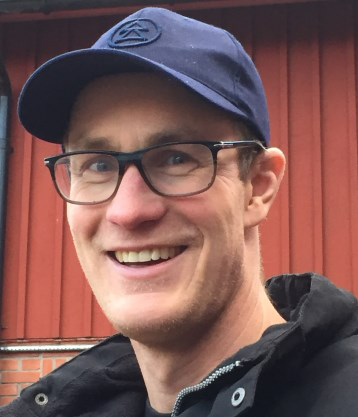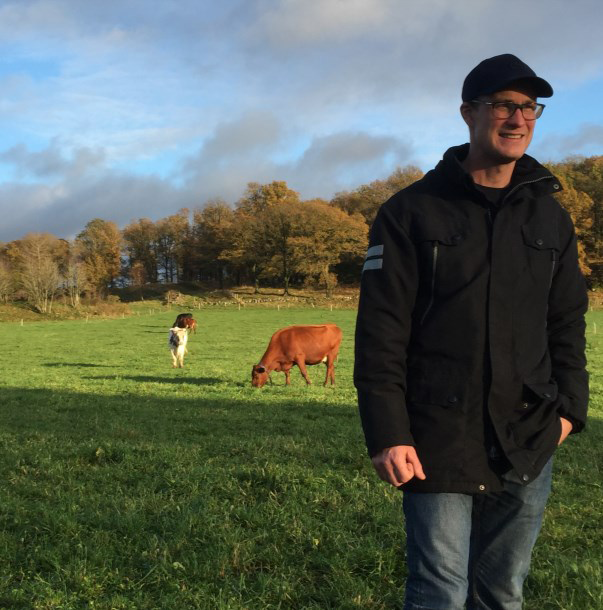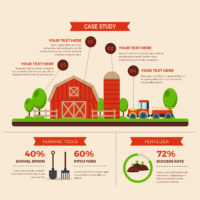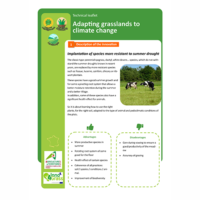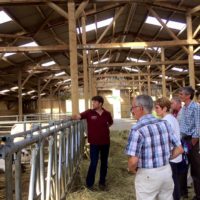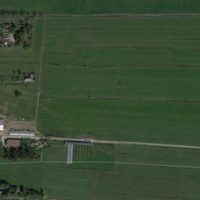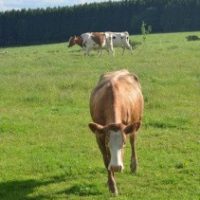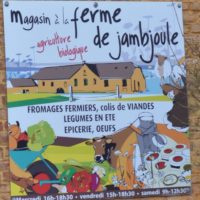Description
Calving in November gives animals for grazing in spring and dry cows in autumn
Maximum use of resources is the goal on this farm. Grazing is fundamental in organic milk production. Martin controls calving to obtain the maximum number of grazing animal in spring and milking cows in the right phase to use pasture optimally.
The goal is calving in late November. Most calvings must take place October to January and none after April. If this is successful, the calves are old enough for grazing early in the season. It also optimises use of housing. Another important issue is better use of grassland in autumn. As this system provides dry cows in autumn, there is less trampling wear on the pasture. Dry animals are easier to move and utilise pasture more effectively. Grazing until 20 October is preferred.
Another goal is maximised milk production on grassland. The dairy cows switch paddocks twice a day. Grazing starts in mid-April and aims to match growth of the pasture. Martin monitored grassland growth this year and found that the growth rate doubled every week in spring. The maximum rate was 1,600 kg DM growth in one week. Milk production is 250,000 kg, corresponding to 2,000 Euro per hectare.
Reason for the innovation
Optimising the farm’s assets
It is a challenge to synchronise calving of the dairy cow herd. If gestation fails, the cow may have wait longer until the next insemination, rather than calving at the wrong time. During expansion, Martin bought animals selected for the right calving phase. He also improved grassland management. The goal is lean production.
Farm description
Environment
- Soil types: Loam
- Climate: Temperate continental climate
- Altitude: 65 m a.s.l
- Slope: 0 %
- The farm is situated in Halland, south-west Sweden.
Grassland management
- Grazing: Yes !
- Temporary grassland based on red clover, white clover, timothy and perennial ryegrass.
- Uses a contractor for harvesting.
- Own windrowing machine.
Structure
- Annual Work Unit: 2
- Organic production
- 160 ha arable land area, of which
- 100 ha temporary grassland area.
- 15 ha semi-natural grassland area.
- Barley is grown.
Animal performance
- 80 dairy cows (Swedish Red and Holstein), producing 7,800 kg milk.
Why it is working
As the farm is organic, grassland use is fundamental and profitable. Staff avail-ability affects work planning. On this farm, concentrated calving is advantageous. The system also gives better health of calves, as the house can be emptied and cleaned.
A great interest in grassland management is crucial. Martin has a well-developed system of paddocks and timing. The goal is to maximise outcome from pasture by grassland growth and cattle availability.
